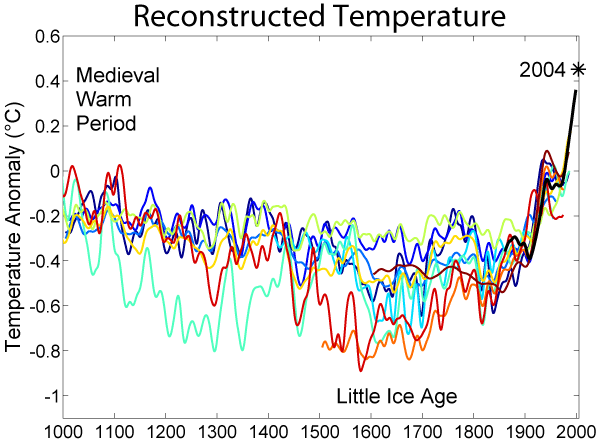Gavin Schmidt & Michael Mann
Extending the instrumental record of climate beyond the late 19th Century when many of the national weather centers were first started is an important, difficult and undervalued task. It often is more akin to historical detective work than to climatology and can involve long searches in dusty archives, the ability to read archaic scripts and handwriting, and even Latin translations (for instance, when going through the archives of the Paris Observatory) (sounds like a recent bestseller, only less lucrative, no?).
[Read more…] about Historical climatology in Greenland

